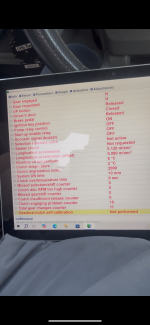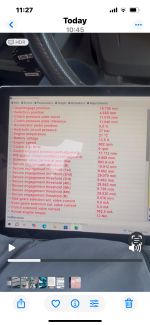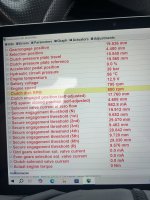- Joined
- Sep 25, 2011
- Messages
- 163
- Points
- 88
The pressure accumulator is filled with nitrogen (24 bar @20 Deg C when new) which is kept separated from the hydraulic oil by a membrane. If the membrane breaks, there will be immediate problems i.e. the pump will start running most of the time which kills the pump motor pretty soon. So it's good to replace the accumulator before this happens. I have seen 10 years recommended as maximum exchange interval (also seen shorter). There is also a slow deterioration of the accumulator performance due to nitrogen leakage through the membrane and/or the housing. This leads to more frequent pump starts and eventually the same problem. One can check the remaining fill pressure by direct or indirect methods. A direct method is to switch ignition on and let the system power up, then remove the pump fuse or relay and monitor the pressure via MES. It may take a while so a battery charger probably needs to be connected during the test. When the nitrogen has pressed all the oil out of the accumulator there is a sudden drop in system pressure, and the point where this happens equals the current fill pressure in the accu.Sorry yes I meant to put accumulator mate and no idea on why
Example:
I have done this test a couple of times on my Ducato and got these results:
I.e. in May this year it had lost 6,3% of its nominal capacity.




